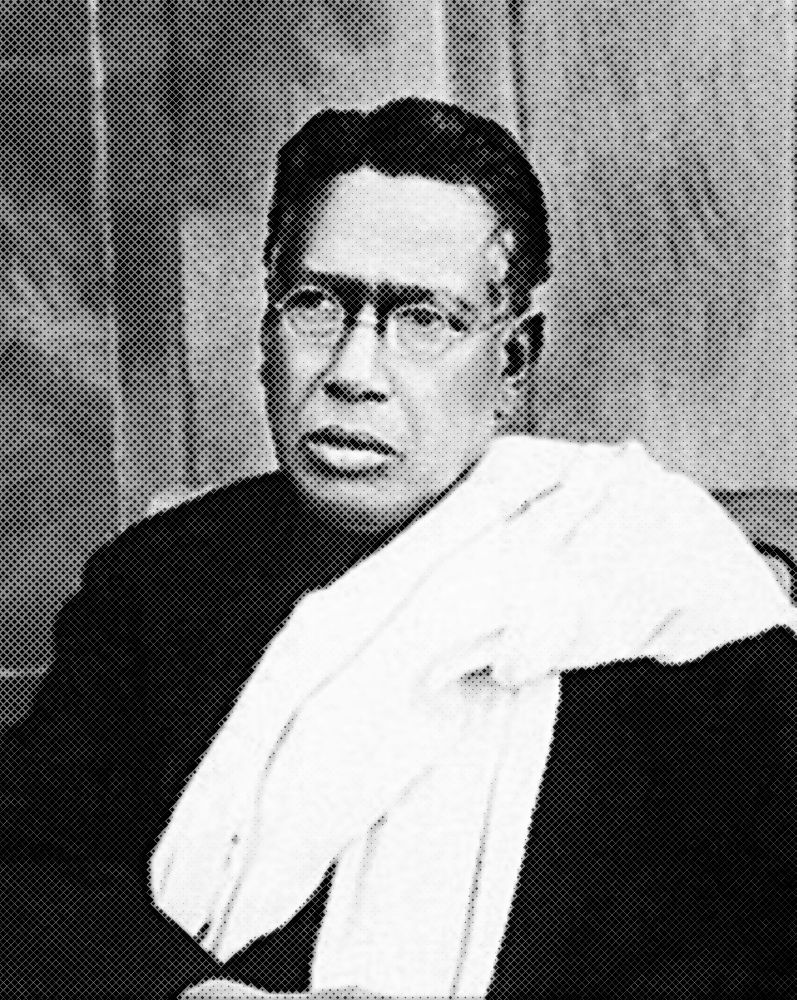Table of Contents
Introduction: Swadeshi Movement
The Swadeshi Movement of 1905 was a significant event in the Indian independence movement that followed the partition of Bengal by the British colonial government. The partition of Bengal in 1905 was seen by many Indians as a deliberate attempt by the British to divide and rule, as it was perceived to benefit the colonial administration by creating a divide among the Bengali-speaking population.
Important Facts: Swadeshi Movement

- The Swadeshi movement was formally started in Town Hall Calcutta on 7 August 1905.
- The Swadeshi Movement, which emerged as a response to the partition of Bengal, was characterized by various forms of resistance, including boycotts of British goods, promotion of indigenous industries, and cultural revival.
- The movement emphasized the use of Indian-made products and the promotion of Indian culture and heritage.
- Key figures in the Swadeshi Movement included leaders like Rabindranath Tagore, Aurobindo Ghosh, and Bipin Chandra Pal, among others.
- The movement saw widespread participation from various sections of society, including students, women, intellectuals, and the general public.
- The demands of “Swadeshi” and “Swaraj” that stirred Bengal quickly spread to other provinces of India. Movements also arose in Bombay, Madras and North India supporting the abolition of the Partition of Bengal and the boycott of foreign goods.
- Bal Gangadhar Tilak led the Swadeshi movement of Bengal in spreading it nationwide. At the very beginning of the Swadeshi movement in Bengal, Tilak realized that a new chapter was about to be added to the nationalist movement in India. This would be a golden opportunity to start a mass struggle against the British Raj and unite the entire country in the idea of freedom.
- The Swadeshi Movement had a profound impact on the Indian nationalist consciousness, helping to galvanize support for the broader struggle for independence from British rule. While the partition of Bengal was eventually revoked in 1911 due to the pressure of the Swadeshi Movement and other factors, the movement itself continued to inspire further acts of resistance against colonial rule in India.
Role of Students, Women, Muslim society and Public
- The student society of Bengal took a leading role in the Swadeshi movement.
- They propagated Swadeshi ideology and used Swadeshi products themselves. They were also pioneers in picketing shops selling foreign cloth.
- Perhaps they contributed the most to the promotion of Swadeshi-ideology. Special measures were taken by the government to suppress these students. There was an attempt by the government to harm those schools and colleges which had contributed students to the Swadeshi movement.
- These educational institutions were deprived of government grants or other facilities and their recognition was also withdrawn. Government scholarship to the students of this educational institution was stopped. Even, the students passed out from these educational institutions were prohibited from getting government jobs. Students who joined the national movement were also punished for indiscipline.
- Many students had to pay fines, many students were expelled from school or college. Many students were arrested and many of them were even beaten by the police. However, even after so much torture, the student community was not scared at all. Their struggle continued.
- Another feature of the Desi movement was the active participation of women in this movement. Women of the urban middle-class community were usually confined to a home-based life, but at this time they took to the streets for processions and picketing.
- Subsequently, the participation of women in the national movement began with the Swadeshi movement.
- Many prominent Muslims participated in this Swadeshi movement. Among them were famous barrister Abdul Rasul, Liaquat Hossain and famous businessman Ghaznavi.
- However, many middle-class and upper-class Muslims were either neutral or supported the partition of Bengal.
- The leader of the Muslims who were in favor of the partition of Bengal was the Nawab of Dhaka (the government of India gave him fourteen lakh rupees).
- The reason Muslims under the leadership of the Nawab of Dhaka supported the partition of Bengal was that they were convinced that Muslims would have a majority in the newly formed West Bengal province.
- Behind this communalist attitude of the Nawab of Dhaka and his followers was the active patronage of the government authorities.
- In a speech at Dhaka, Lord Curzon declared that one of the objectives of the partition of Bengal was to unite or integrate the Muslims of East Bengal. According to him, after the days of the kings or nawabs during the Muslim rule, no attempt was made to establish unity among the Muslims of East Bengal.
- The anti-partition movement became very popular. Although the extremist nationalist party wanted to spread this national movement among the common people, this movement could not touch the farming community of Bengal as expected. By and large, the movement was confined to the urban elite and middle and lower middle classes.
